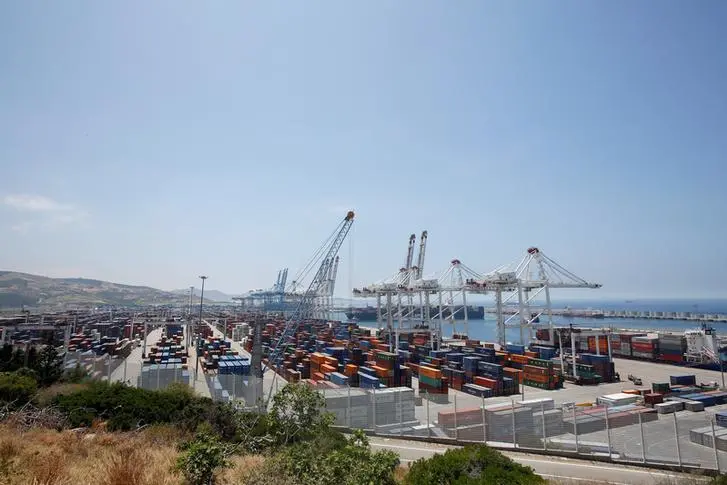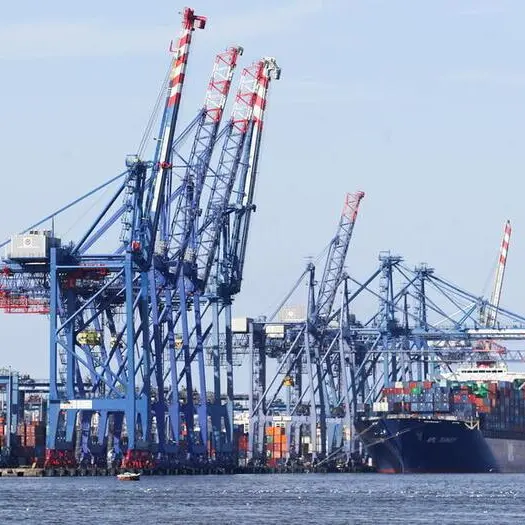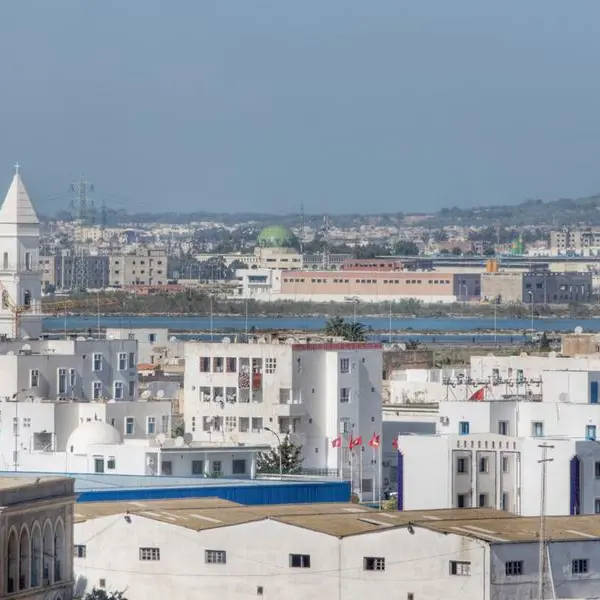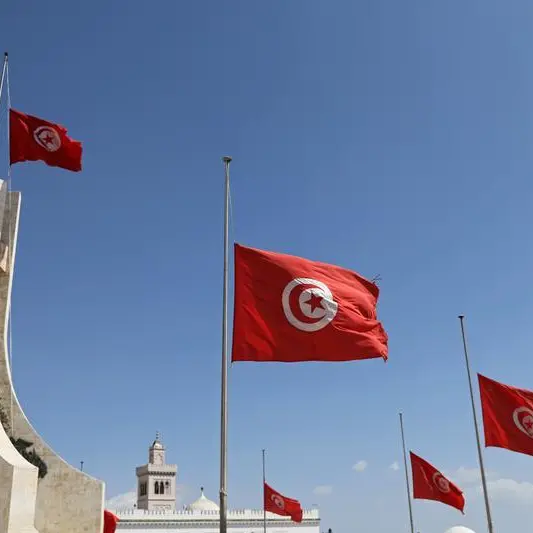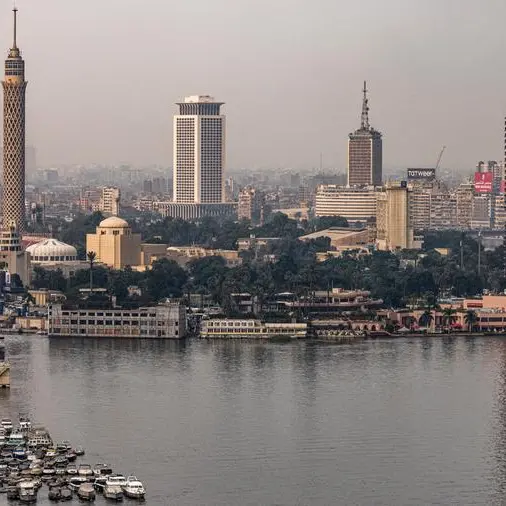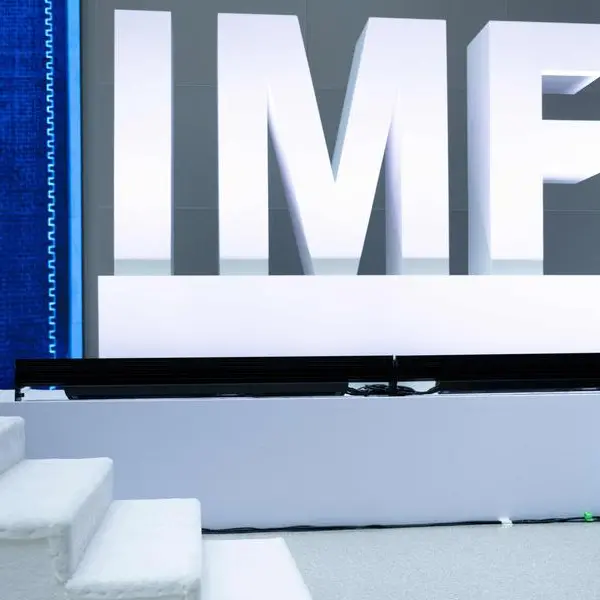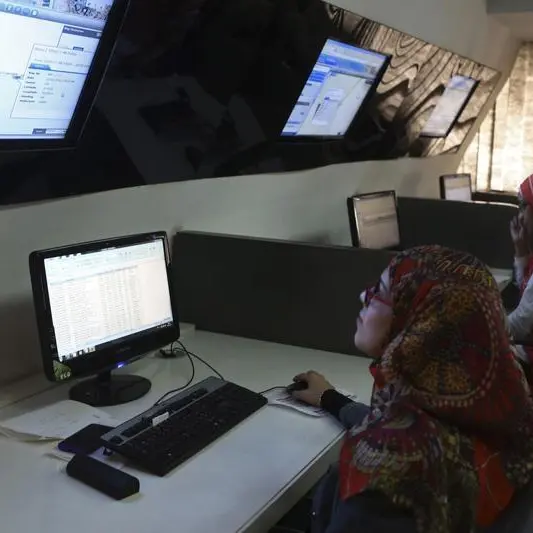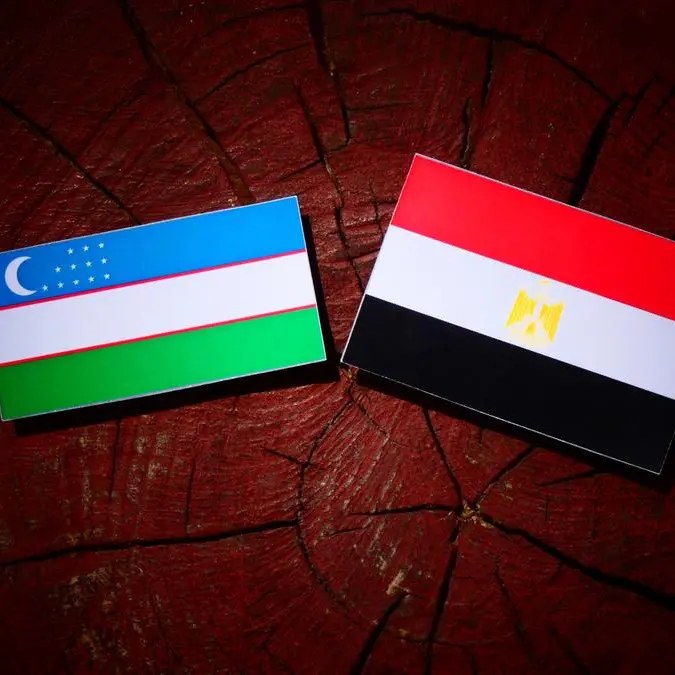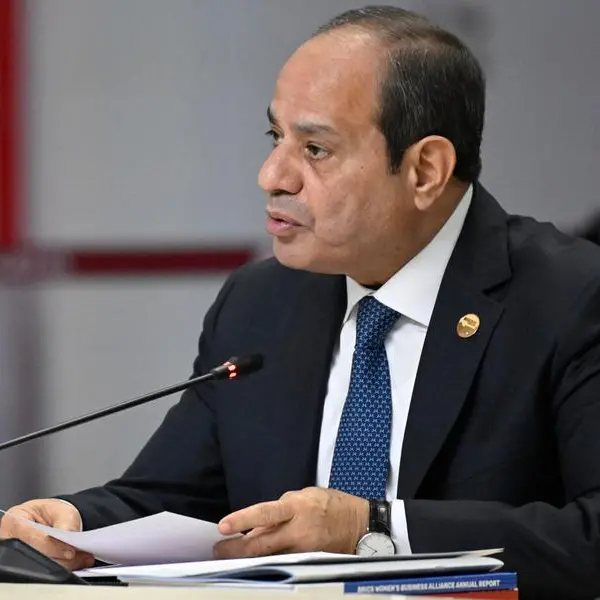PHOTO
Morocco's Tanger Med port anticipates surpassing its official capacity of handling nine million containers in 2024, according to the port's deputy managing director in an interview with Reuters. He further stated that security concerns in the Red Sea have had minimal influence on the port's increasing traffic.
Last year, the port maintained its position as the largest in the Mediterranean, handling 8.61 million 20-foot equivalent units (TEUs), up 13.4% on 2022.
In the first quarter this year, tonnage rose 14.9% to 33.3 million metric ton, while revenue increased 18.3% to $1 billion, official figures showed.
"We also grew by a certain percentage in terms of containers," Rachid Houari told Reuters, saying that the exact figure was for year's end.
Optimising terminal capacities
"Now each terminal is doing a little bit more in traffic than the theoretical capacity, that is why I think we will do a little bit better than nine million containers," he said, in an office overlooking an export terminal full of Morocco-made cars.
"We want our port to function to its maximum best productivity," he said, noting terminal TC1 run by APM TT which processed 2.5 million TEUs last year, compared with its nominal capacity of 1.5 million TEUs.
The port's growth drivers are its location at the entry of the busy Mediterranean, its connection with 180 ports, and its partnerships with big shipowners and terminal operators such as Maersk, Hapag Loyd and CMA CGM, Houari said.
The port has often been mentioned as benefiting from the re-routing of container ships around Africa to avoid attacks by Iran-aligned Houthi militants in the Red Sea.
Diverse traffic and exports
Containers crossing the Red Sea represented only 25% of the port's traffic, with many vessels still crossing the Suez Canal despite disruptions, Houari said, noting the bulk of the port's traffic is with Africa, Europe and the Americas.
The port is backed by industrial zones that are home to 1,200 companies that employ 110,000 people, generating exports worth $1bn last year, or 20% of overall Moroccan exports.
It plans to expand its industrial zones from 2,500 hectares to 5,000 hectares to attract more investors in high-added-value industries, Houari said.
All rights reserved. © 2022. Bizcommunity.com Provided by SyndiGate Media Inc. (Syndigate.info).
